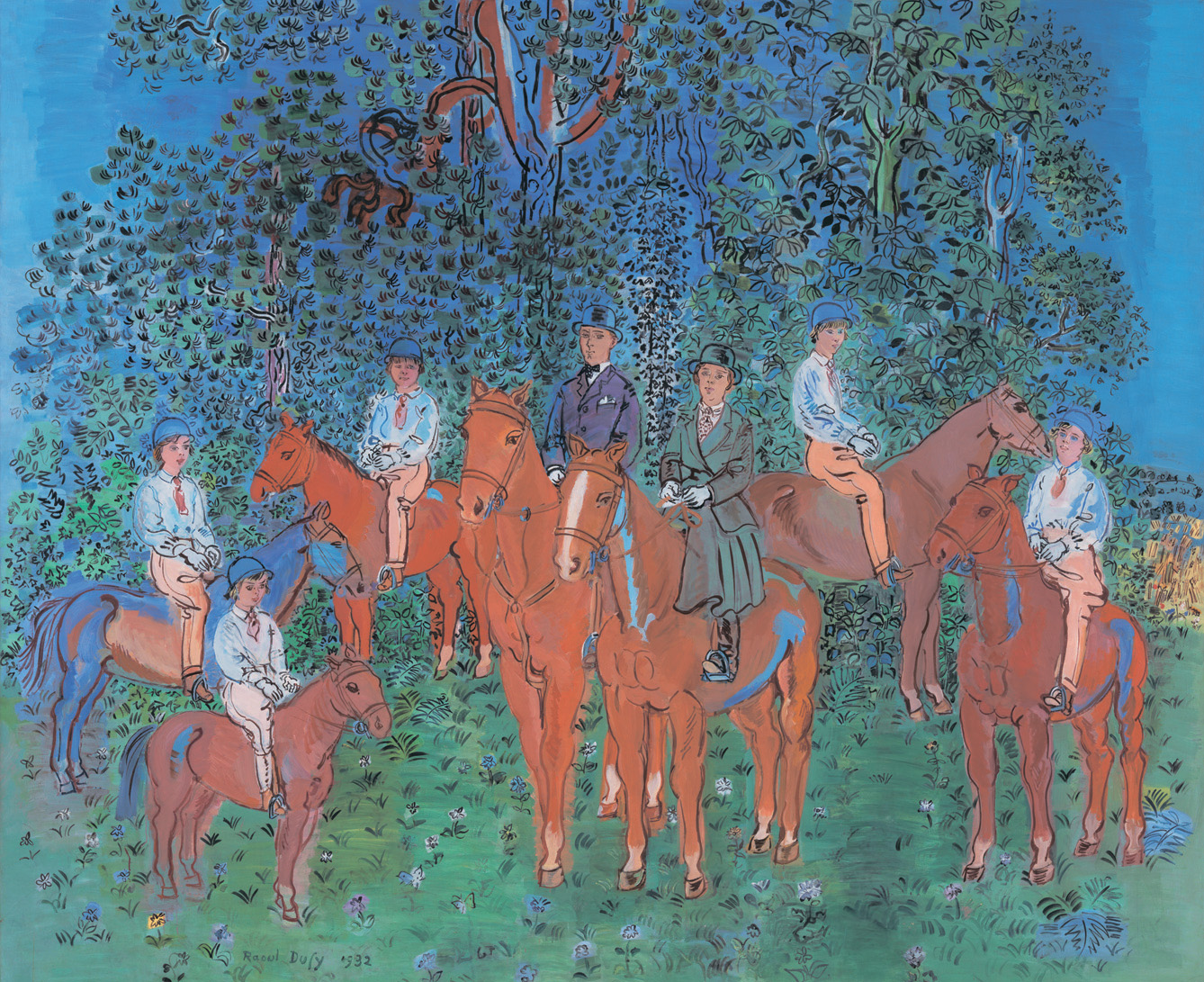No painter's works look as good in a newspaper or advertising poster as they do when seen directly. Some painters works, however, suffer more from the process of being transferred to print than others. Raoul Dufy is one.
For the major retrospective of his work at Tokyo's Bunkmura The Museum, the usual flyers and posters have been created, but they can only indicate his work rather than convey its full impact. Seen close-up, his paintings are awash in potent colors that not even the most advanced digital hi-definition technology can capture. Seen filtered through print, much of the magic is lost and the rather cursory linear elements are foregrounded. In other words, Dufy, more than most, is a painter dependent on the vibrancy of his colors.
Part of this is because he was first and foremost a Fauvist. This was an early 20th-century movement, whose name, like many other groups, started out as an insult before becoming a badge of honour. The term came from "fauve": the French word for beast, because of the wild "animalistic" colors that the group favored.

















With your current subscription plan you can comment on stories. However, before writing your first comment, please create a display name in the Profile section of your subscriber account page.